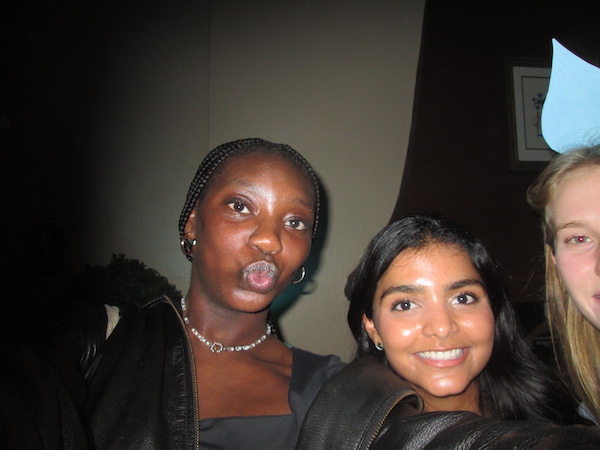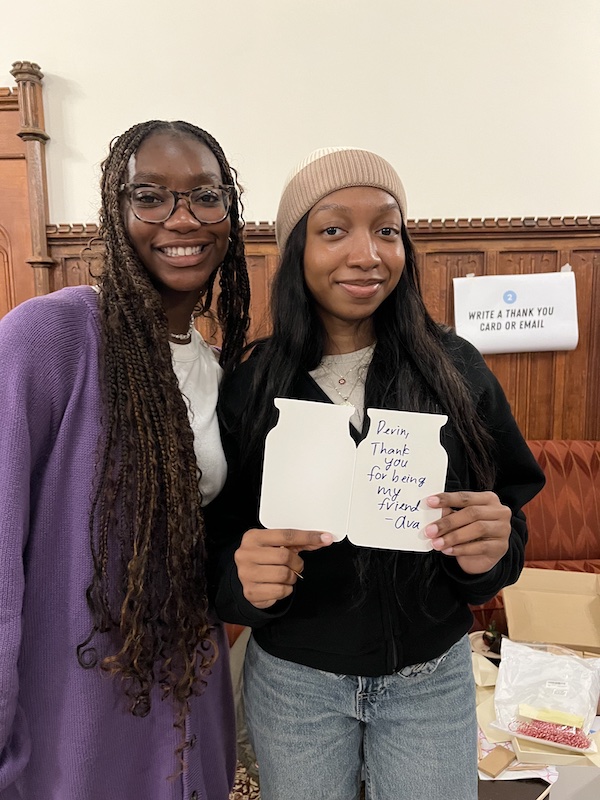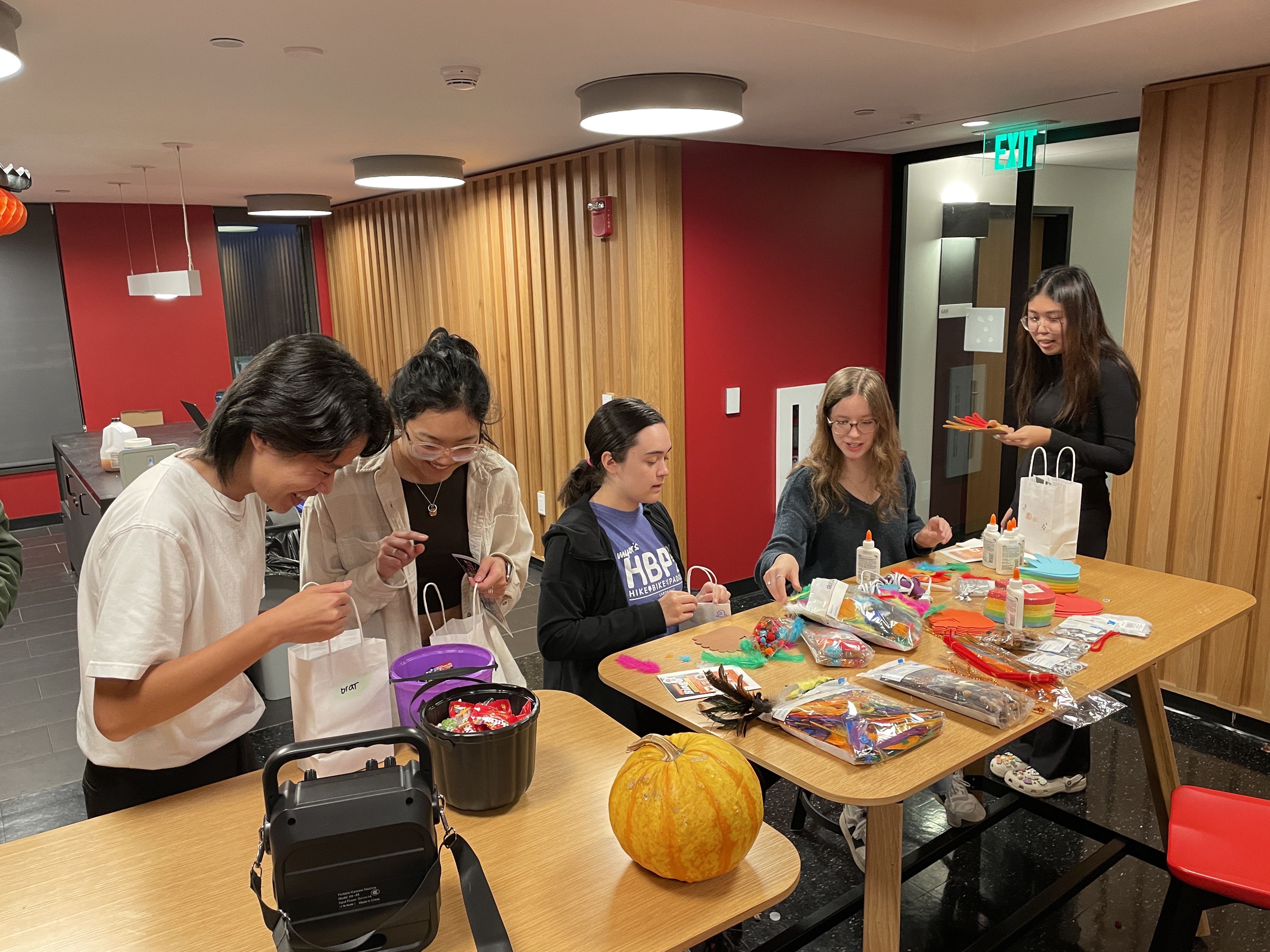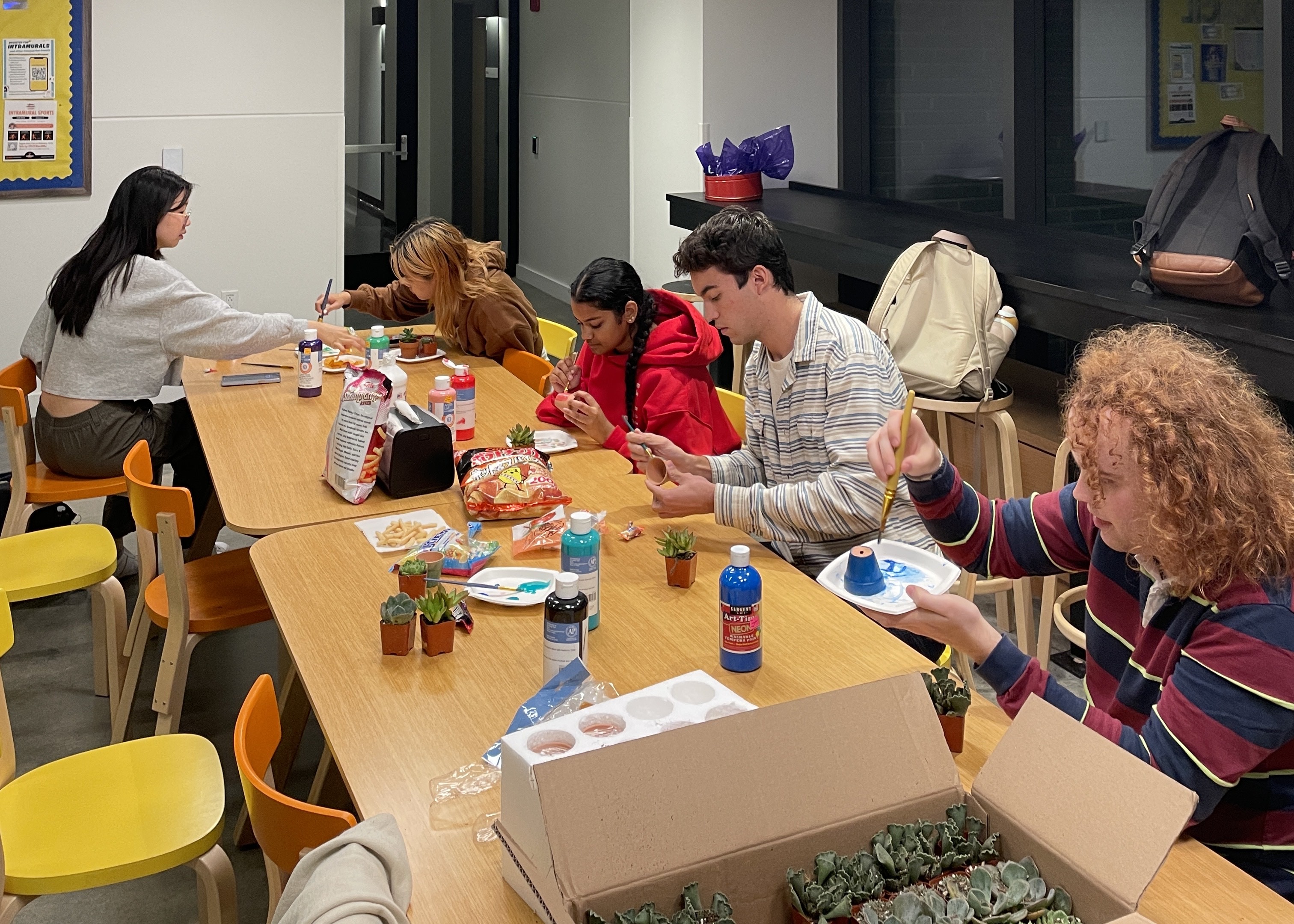The school year is officially coming to an end. Reading Period is underway, finals are approaching, and most importantly, summer is right around the corner. Although classes and lots of activities seem to be winding down, I have found that opportunities for me to try something new definitely have not! Over the past several weeks, just from trying new things, I have gained a better appreciation particularly for trivia, my residential college, and the arts at Princeton.
One Wednesday near the beginning of April, I tagged along with a friend to PSEC, or Princeton Student Events Committee, Trivia Night at Frist Campus Center, and let me just say, we did not leave empty-handed. Upon arriving, we spontaneously ran into a few other friends and created a team with them. Our team name was the definition of intimidating: Tra La La. As each round passed, we “Tra La Laud” our way to victory, finishing in 3rd place overall. Such meant that we not only earned bragging rights but also got to select from a range of prizes, from a heated blanket to a box of cupcakes to an edible arrangement — I got a dope beach towel! PSEC Trivia Night was honestly so much fun, but the fun did not stop there.

Every Wednesday at 9:30 p.m., Rocky College holds its own Trivia Night — all students are always welcome, regardless of whether they are affiliated with Rocky — and since PSEC Trivia finished just as Rocky Trivia was about to start, we victoriously made our way toward the Holder arches to keep the trivia fun going. Now, I do have to confess: I am a proud Rockyite, but I had never actually gone to Trivia Night before. I had always wanted to go but just never gotten around to going. Thus, I was grateful for the chance to finally try out a long-held weekly tradition of my residential college with some good friends.
After the first round, though, I quickly learned that PSEC Trivia Night was child’s play compared to Rocky Trivia Night. At Rocky Trivia, if a team gets more than three questions of each ten-or-so-question round correct, then they are doing really well. Nonetheless, that is what trivia nights are all about: you and your friends can be completely clueless together and still have a great time. At the end of Rocky Trivia, Tra La La was far from 3rd place, but nothing will ever stop the Tra-La-La trivia spirit! Besides, the winners of that night’s Rocky Trivia did not get a beach towel or an edible arrangement; so, I think we are the real winners here ;).
Nevertheless, I have not just become more appreciative of trivia and Rocky, but by attending various performing arts events, I have also gotten to celebrate the beauty of dance and music at Princeton. Before Princeton, I could probably count on one hand the number of dance shows I had been to, but over the past few weeks, as many campus dance groups have their annual or semester show in either March or April, I feel like I have danced the night away! I know many Princetonians who like to bust a move: my Residential College Adviser, or RCA, is the President of Más Flow (Latin dance), one of my closest friends is a part of the Black Arts Company (BAC, hip-hop), and a number of my Christian Union Nova peeps are members of Six14 (Christian/liturgical dance, contemporary to hip-hop). Throughout March and April, I went to performances for each of these groups, and they are all beyond talented — if you ever want to join a dance group, there are definitely plenty to choose from that will be glad to have you. Just like with dance shows, however, I could also count on one hand the number of musical performances I had seen before coming to Princeton. The other week, I went to the senior piano performance of my Peer Academic Adviser, or PAA, who is majoring in music. Saying that she is “good” is an extreme understatement. She has such a love for music, which radiated during her entire performance. I was simply blown away by all the events I went to, ultimately gaining a stronger appreciation for the performing arts in general, not just those at Princeton.


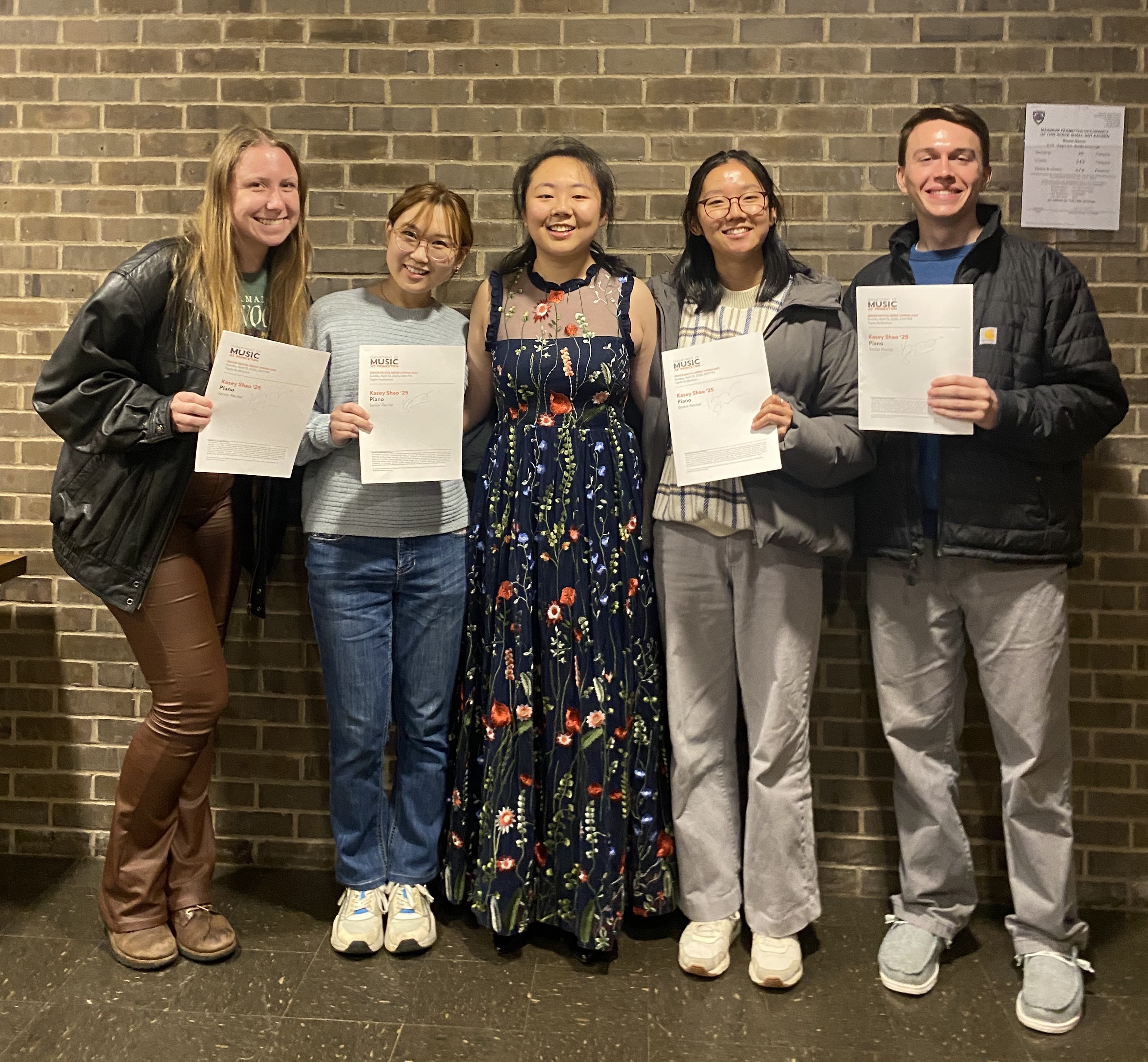
Let this be an encouragement for you to try something new! Anything from trivia to performing arts to taking a class outside of your academic comfort zone to dabbling in a new hobby can be a great avenue for discovery, and honestly, some good fun — as long as whatever you are trying is legal, ethical, and wise… be smart, and make good choices ;)! Trying something new does not have to be scary, as taking risks is oftentimes what helps us grow the most.











